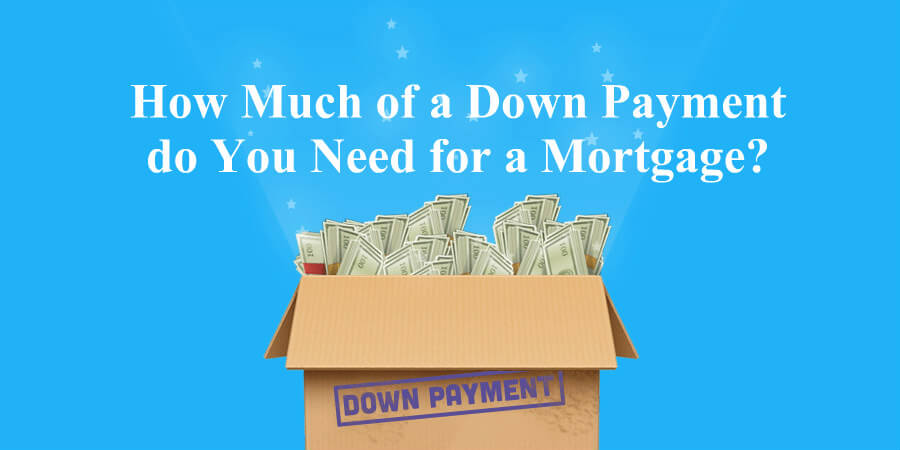Down Payment Home
Buying a home is often one of the most expensive endeavors one will take throughout their life, so it’s not surprising that saving for a down payment remains a major hurdle for many Americans on their path to homeownership. For help in finding your new home contact a local realtor. But although a 20 percent down payment is considered ideal, it’s not actually as common as you might think, nor is it a necessity to buying a home. Down Payment Home
According to the Zillow Group Consumer Housing Trends Report 2018, the majority (52 percent) of buyers put down less than 20 percent on their new home. Down Payment Home
Typically, you have to put between 3 and 20 percent of your home’s sale price down in cash to qualify for a conventional loan (30-year fixed mortgage), but there are exceptions. If you meet eligibility guidelines, you might qualify for a home loan with a zero-down payment through Veterans Affairs (VA loans) or the Department of Agriculture (USDA loan) programs.
What is a Down Payment?
A down payment is the amount of money you spend upfront to purchase a home and is typically combined with a home loan to fulfill the total purchase price of a home. In addition your down payment amount, your credit score, credit history, total debt and annual income will influence how much of a loan you can qualify for.
A great tool to see how much you can afford based upon your down payment and annual income is our affordability calculator. It will also take into account your monthly debts, the interest rate on your debt, your loan term, and many other settings that you can personalize to give you a more accurate result on a home price.
Why 20 Percent is Considered Ideal
If you are able to come up with a 20 percent down payment, you’d reap quite a few benefits. Putting that larger amount down lets you avoid paying private mortgage insurance (PMI), it can help you qualify for a lower interest rate (which can help you save thousands over the life of your loan), it’ll give you more equity faster, and it will result in a smaller monthly mortgage payment. Depending on where you’re looking to buy a home, a larger down payment might also help you be a competitive buyer and stand out to the seller if there are multiple offers on the home.
Although 20 percent isn’t a prerequisite to homeownership, many buyers do put that amount down and then some. Larger down payments are more prevalent for buyers in the West (47 percent put down 20 percent or more) and the Northeast (52 percent put down 20 percent or more). This is because of tighter markets and the need to present a more competitive offer to a seller in order to win the home.
Sourcing Down Payments is Tough
Just because some buyers are able to put more than 20 percent down doesn’t mean they don’t struggle coming up with the money. According to a Zillow survey, 68 percent of renters cite saving for a down payment as the biggest hurdle to buying a home.
Nearly one-third of buyers (29 percent) struggle saving up money for a down payment. Most (53 percent) do it by saving up the old-fashioned way. But nearly one-quarter (24 percent) are getting more creative and combining two or more sources to finance their down payment.
Some buyers have found luck using more creative ways to fund their down payment by receiving gifts from family or friends, selling stocks or other investments, using retirement funds, asking for a loan from family and friends or using leftover money from the sale of a previous home.
Because repeat buyers can often put some of the money from their previous home sale towards their down payment, they’re more likely than first-time buyers to put down larger lump sums. First-time buyers, however, are more likely to put down between 3 and 9 percent. According to a Zillow survey, only 37 percent of first-time buyers pay 20 percent or more.
Loans with Less than 20 Percent Down
While getting a zero-down payment loan is challenging and you have to be a strict set of criteria, there are other programs that offer low down payments that may be more achievable.
One of the most popular of the low-down payment loans is a Federal Housing Administration (FHA loan), which allows for a 3.5 percent down payment. One of the downfalls of this program, however, is that you still have to pay mortgage insurance premiums to protect the lender if you default on your loan.
Buyers are also taking advantage of two Fannie Mae offer loans; Conventional 97 and HomeReady mortgages, which both allow for a minimum down payment of just 3 percent. HomeReady mortgages are designed for creditworthy, low-to moderate-income borrowers, with expanded eligibility for financing homes in designated low-income, minority, and disaster-impacted communities. Conventional 97 mortgages are designed to help creditworthy home buyers who would otherwise qualify for a mortgage but may not have the resources for a larger down payment.
Outside of these Fannie Mae, FHA, VA and USDA loan types, there are state and local assistance programsthat can help you get into a home with a low-down payment. There are also towns that offer incentives to move there, ranging from student loan forgiveness to free lots of land to build on. Even though these programs don’t cover your down payment for you, they can help you save money elsewhere if you can come up with the initial down payment up front.
